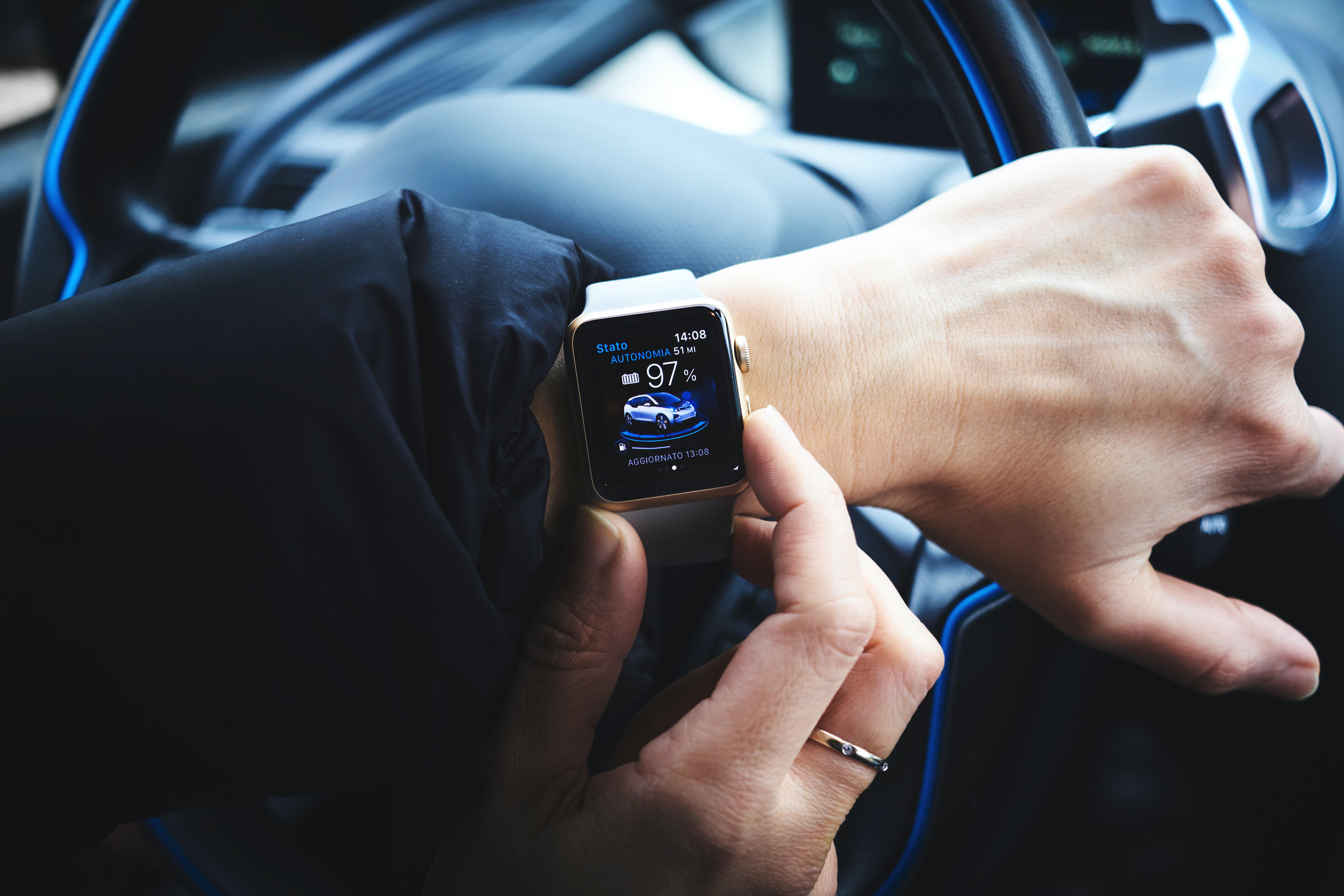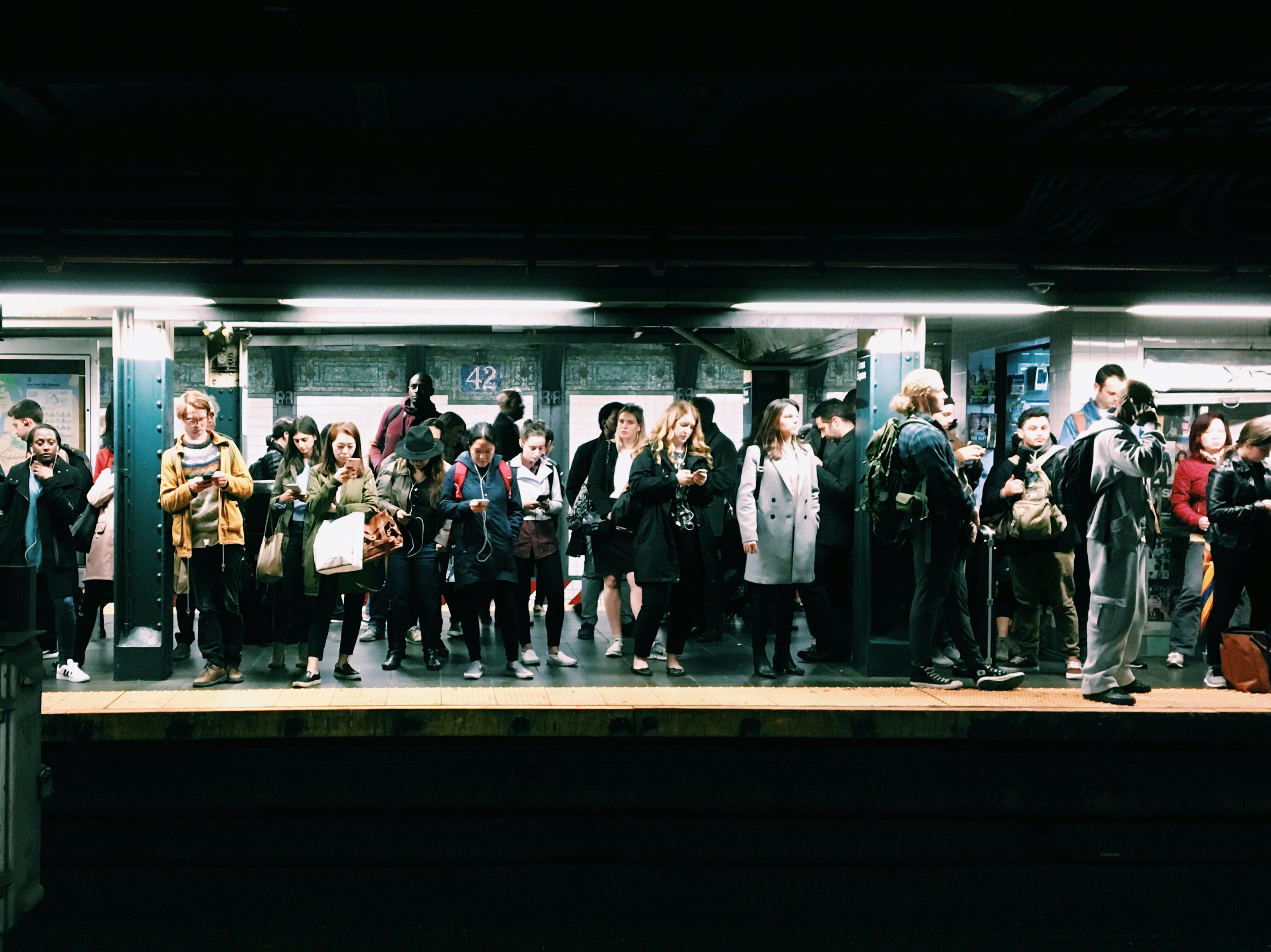- The video shows a man sleeping at the wheel of his Tesla. Another driver said that the driver traveled more than 30 miles asleep at the wheel.
- It’s not the first time a Tesla driver has been spotted dozing off at the wheel.
- In April, Tesla CEO Elon Musk said its cars would achieve full autonomy by the end of 2019, though it’s unclear whether that’s a realistic timeline.
A new video shows a man in the driver’s seat of a Tesla “fully sleeping” on Southern California’s 405 Freeway. The Tesla-owner was asleep for at least 30 miles on the notoriously busy freeway, according to Shawn Miladinovich, who spotted the sleeping driver and had his passenger shoot a video.
“I realized he was fully sleeping,” Miladinovich told NBC4 News. “Eyes shut, hands nowhere near the steering wheel.”
The driver’s hands appeared to be loosely tied to the steering wheel, ostensibly to keep the car in autopilot mode. When Tesla drivers take their hands off the steering wheel, the car issues a series of increasingly intense alerts.
“This helps ensure you are attentive, and that the steering wheel is properly oriented in the event that you need to take over control,” Tesla says on its website. “If you repeatedly ignore these warnings, then you will be locked out from using autopilot for the duration of that trip.”
Miladinovich expressed concern.
“If his little thing tied around that steering wheel fell off, and he was still sleeping, he would have slammed into somebody going 65 miles per hour,” Miladinovich said.
Is self-driving technology ready for us to sleep at the wheel?
Not yet. Although Tesla’s Autopilot can do things like change lanes, change freeways, and take exit ramps without driver input, the company says its cars require drivers who are prepared to take over steering in the event of an emergency. The government does too: sleeping and drunk-driving in a Tesla are illegal.
The Society of Automotive Engineers has defined five levels of autonomous driving. Currently, Tesla’s Autopilot falls somewhere between levels 2 and 3.
 So, when will Tesla drivers be able to doze off at the wheel? Sometime in 2020, according to Tesla CEO Elon Musk.
So, when will Tesla drivers be able to doze off at the wheel? Sometime in 2020, according to Tesla CEO Elon Musk.
“My guess as to when we would think it’s safe for somebody to essentially fall asleep and wake up at the destination – probably towards the end of next year,” Musk said in a podcast with ARK Invest in February. “That’s when it’s most likely. I don’t know when regulators would agree.”
In April, Musk said his cars would achieve level-5 autonomy by the end of 2019. Of course, that was days before the company issued its earnings report for Q1 2019, and anyway Musk is known for promising big, but not quite following through on time.






